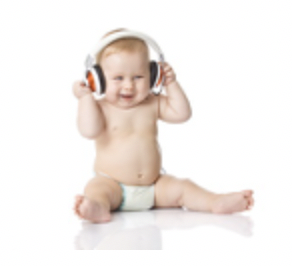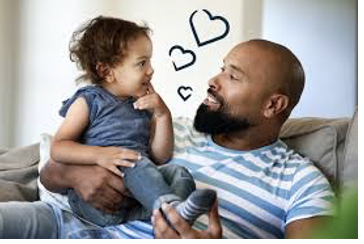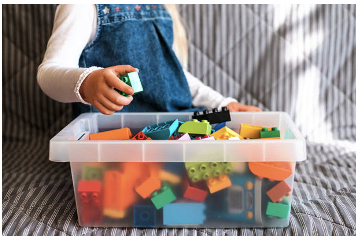1. Familiarize/Acquaint your child with clinic protocols

Throughout the visit, there is going to be a lot of touching, holding and poking of your child’s ears. If this experience is foreign, it can be disconcerting for your child. We suggest before the appointment, trying to play a game of doctor (role playing) with your child, softly pull the top part of the ear and pretend to look inside the ear. Also let your child take the role of doctor and encourage your child to look inside your ear. We recommend a play doctor kit like the image below. Expose your child to the doctor kit, if old enough talk to your child about how the otoscope works and its function.
2. Practice wearing headphones.

An audiological evaluation may require headphones, its dependent on chronological and developmental age. Headphones will always make the assessment more accurate as it allows the doctor to get ear specific information. We advise prior to the appointment, that you familiarize your child with headphones as well as earbuds. This will help your child get exposed and acquainted to something in the ears. It is suggested you put headphones or earbuds on their ears when they are doing something fun. You can play soft music or even their favorite movie through the headphones.
3. Work on repeating words

Have your child repeat words, such as body parts. If your child is too young to repeat words, have your child point to body parts. For example, “where is your nose”? And encourage your child to point to the appropriate area. After your child successfully pointed to the correct body part, try asking your child “can you say nose” and while to you continue to slowly annunciate “nose”. It is important to practice these tasks with your child prior to your visit to bring familiarity and to prevent your child from feeling overwhelmed.
4. Try conditioning you child to a play activity.

Conditioned play audiometry is probably the most important test for adolescence. The test involves your child performing a simple task, such as putting a Lego in a bucket, when they hear a beep. Practice by using a sound source like your phone, find a container and use a few toys. Instruct you child that when he hears the noise to get the toy and drop it in the container (its ok to get creative.)
_______________________________________________________________________________________________________________
The goal at our clinic is to bring familiarity, comfort and to disguise your child’s appointment as a game. Promoting fun and games helps to keep the child engaged, excited, amused and happy while we perform the evaluation. Rehearsing these task prior to your child’s appointment will help promote awareness & familiarity therefor making his visit less threatening and more entertaining.
